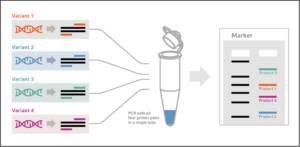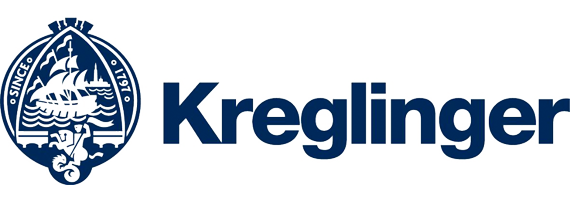
19 Jul Multiplex PCR for clinical diagnosis
The rapid, sensitive, and reliable diagnosis of infectious diseases has gained great importance in recent times. The application of conventional microbiological techniques, which require the growth of microorganisms for their subsequent analysis, has come to be complemented by the application of molecular diagnostic methods. Currently, the polymerase chain reaction (PCR) is the most sensitive and most frequently applied. In particular, in the case of pathogens that are difficult to culture in vitro or that show slow growth, as well as all those infections attributable to different agents, PCR has provided great value for molecular diagnosis.
Standardizing and optimizing individual PCR applications has allowed the development of variants of this same method. In this context, the development of the so-called multiplex PCR has made it possible to explore a wide variety of industrial and molecular diagnostic applications, since it allows different amplifications belonging to different targets to be simultaneously amplified in a single reaction tube. Multiplex PCR consists of numerous sets of primers within a single PCR mix. This means that the generated products are specific for different DNA sequences.

Multiplex PCR diagram, where all primers are added to a single tube.
Multiplex PCR has been successfully applied to the routine diagnosis of some pathogens. In turn, multiplex PCR protocols have been developed using real-time PCR, a methodology that combines PCR with the use of fluorescent markers so that the amount of DNA studied can be known and/or the presence of variations can be detected. genetics. Real-time multiplex PCR has been applied in many areas such as the detection of genetically modified organisms, the detection of pathogens, and typing of different strains of fungi, bacteria, and yeasts. In the epidemiological field, its importance grows when using real-time multiplex RT-PCR due to the feasibility of increasing the simultaneous detection of more than one virus by means of its RNA in a single reaction, taking advantage of the similarity of symptoms, among other parameters. characteristic of different diseases such as for example, COVID-19 and Influenza. The use of traditional epidemiological investigation techniques together with an individual real-time RT-PCR or its multiplex variant enables the detection of incipient infections, as well as the identification of asymptomatic infections. From 2020 to date, real-time RT-PCR multiplex assays have been used as a method to increase the diagnostic capabilities of COVID-19 by combining multiple genetic targets in a single reaction.
The benefits of multiplex PCR can be substantial in laboratories where repeat analysis of similar sample types and the same objectives are required. Advantages include gaining more information with limited starting materials, its cost-effective nature, time savings, and increased yield. Essentially, by targeting multiple sequences at once, additional information can be obtained from a single test run that might otherwise have required additional reagents and more time to perform. Furthermore, false negative results are often revealed in multiplex assays, which may not have been detected in PCR with a single amplification target. This is because each product provides an internal control for the other amplified fragments.
TAAG Genetics offers a wide variety of multiplex real-time PCR and RT-PCR kits for simultaneous amplification and qualitative detection of multiple targets, such as pathogens and spoilage in food from beverage, food, cosmetic, and pharmacological samples. and post-sanitation environmental samples, as well as kits for the detection of viruses such as SARS-CoV-2 and Influenza by means of viral RNA, using multiplex real-time RT-PCR from nasopharyngeal, oropharyngeal, nasal, saliva, or swab samples. environmental, in low or high-complexity clinical analysis laboratories; without sacrificing specificity, sensitivity, or reproducibility. This technology is ready-to-use as all necessary reaction components are provided, minimizes reagent usage, and helps to significantly reduce prices so more samples can be run with the same budget.


